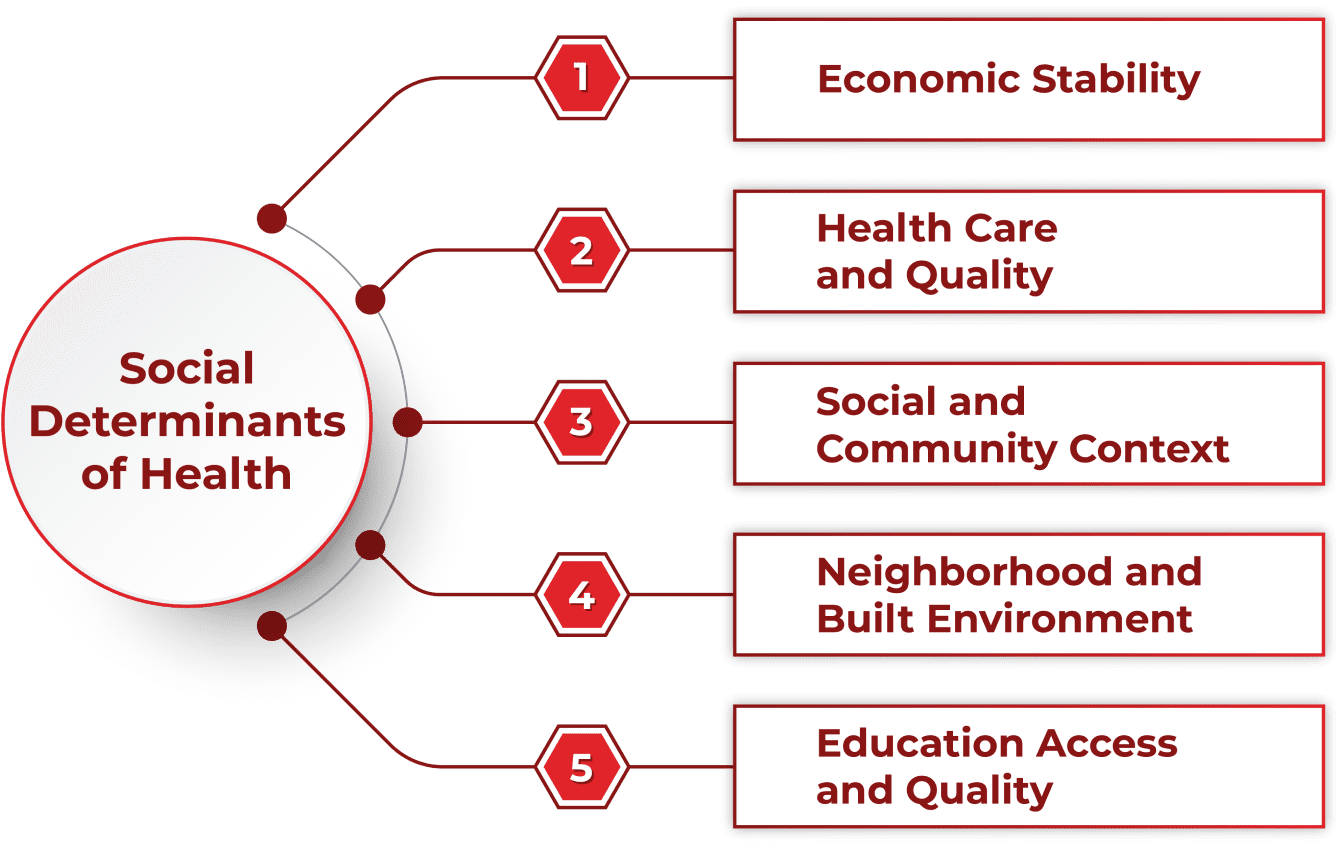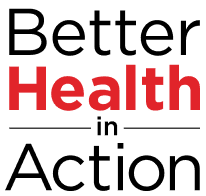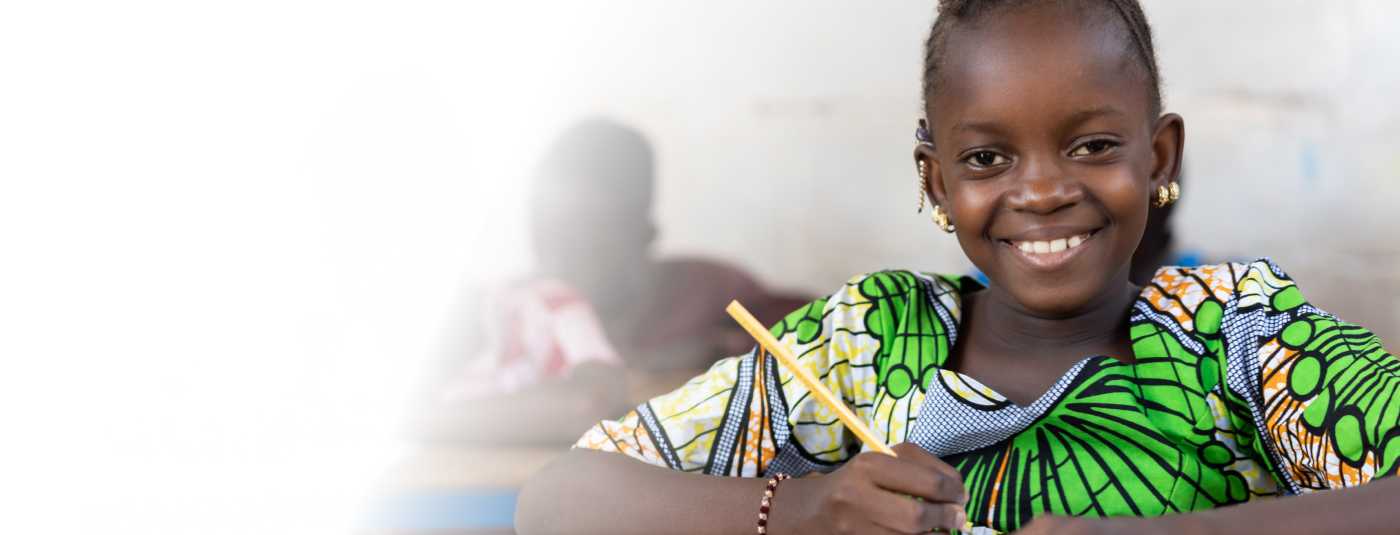Understanding Health Equity
What is health equity and why does it matter?
Health equity is when everyone, everywhere, has the opportunity to be their best and healthiest self regardless of where they live or grow. Health equity is a goal and something we strive to achieve because we all want to be healthy, happy, and live up to our full potential.
Where a person grows and lives greatly impacts how long and how well they live. An individual’s environment often has a greater influence on overall health than many medical factors.
Championing Health Equity
Together we can champion better health and become advocates within our own communities, creating a global movement of change. Achieving health equity is not something that one person or group can solve alone. Global health equity is based on multiple factors and can only be achieved when we work together and address the conditions that impact the social determinants of health (SDOH).

What are the social determinants of health?
Most of what contributes to overall health is based on five areas called the social determinants of health. SDOH impact the environment in which people are born, grow, live, work, plan, and age. Use the information below to learn more about the SDOH and discover how to become a health equity champion by reviewing the key challenges and possible local actions that you can take to impact the world around you.

1. Economic Stability
The resources needed to support a healthy life, like affordable housing, employment that provides a living wage, reliable transportation to work, and favorable workplace conditions and protection. 9
Key Challenges
Local Actions
- Support businesses in your area who give back to the community.
- Buy local goods, fresh fruits and vegetables.
- Shop globally sustainable businesses and encourage others to do the same.
- Volunteer with local organizations that support initiatives which improve access to healthcare, healthy foods, and education.
2. Health Care Access and Quality
The timely use and access of personal health services to achieve the best health outcomes. 12
Key Challenges
- Delivery of proper treatments and medications for common health conditions is difficult around the world due to poor health services, mistrust of health systems, exclusion, and social divisions. 13
- Ideas and resources to improve health care process, access, and quality are not being put forth due to illiteracy, lack of health literacy materials that are culturally competent, and lack of outreach opportunities.
Local Actions
- Volunteer with health workers and learn to prevent and treat simple diseases or conditions prevalent in your area.
- Volunteer with organizations who provide patients and health care providers with health literate and culturally competent educational materials.
3. Social and Community Context
The social support people need in the places where they live, work, learn, and play. 14
Key Challenges
- The main concerns include:
- concerns over physical and mental health
- proper medication administration
- poor communication from care provider
Local Actions
- Make an impact by volunteering at local shelters or supporting non-profit groups that are working toward health equity.
- Work with your family and friends to make smarter health choices by learning how to prevent non-communicable diseases like diabetes. More than half of all NCD deaths begin with behaviors that start during the teenage years.
4. Neighborhood and Built Environment
The human-made surroundings (built environment) that provide the setting for human activity, like neighborhoods, have an impact on our health and well-being. 15
Key Challenges
- Most of the world's people are at risk from vector-borne diseases, such as malaria.16.
- Poor environmental and sanitation conditions cause frequent disease outbreaks.17
- Most cities worldwide have air pollution levels more than 3X the WHO limits for air quality.18
Local Actions
- Ask local officials for community green spaces or gardens for people to meet, play, cycle, and walk safely and to make health equity issues, such as clean water and air, a priority.
- Learn and share information about making houses vector-free, both in local neighborhoods and in newer urban areas.
5. Education Access and Quality
Good health information and critical thinking skills can reduce inequalities by improving health literacy and strengthening essential life skills. 19
Key Challenges
Local Actions
- Volunteer to help people with learning deficiencies or health challenges that affect learning.
- Be vocal about inequities in your community that create learner disadvantages.
- Contact policy makers about ensuring that quality educational opportunities are open to everyone.



